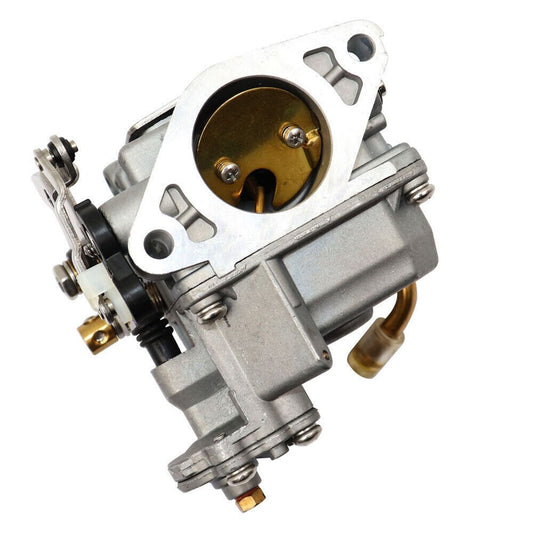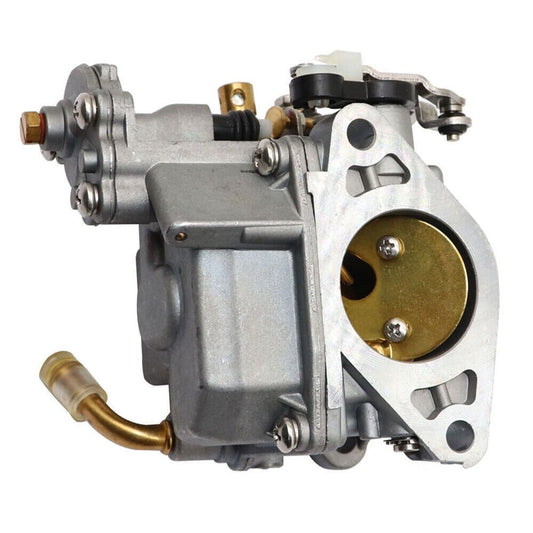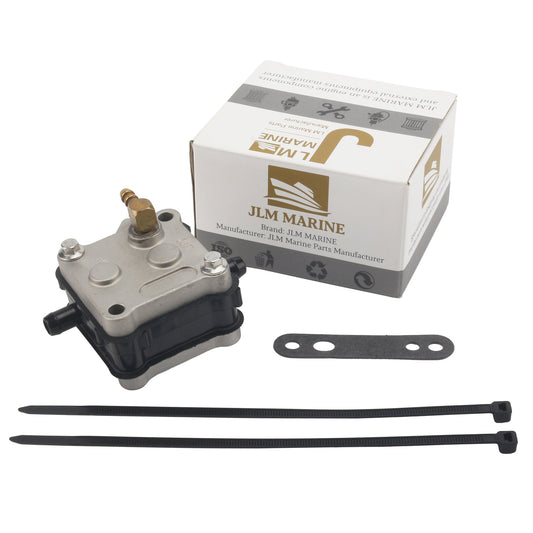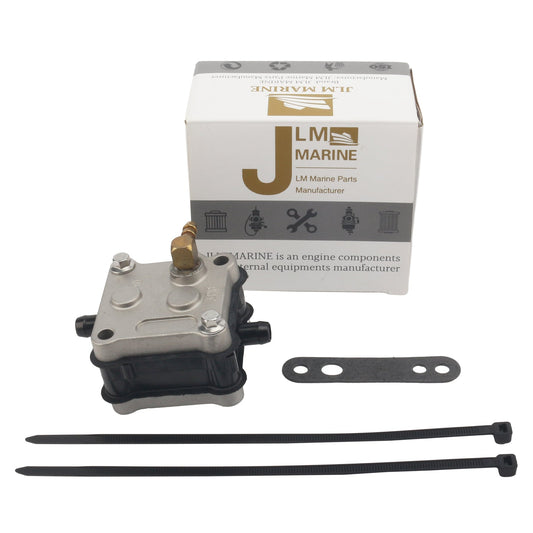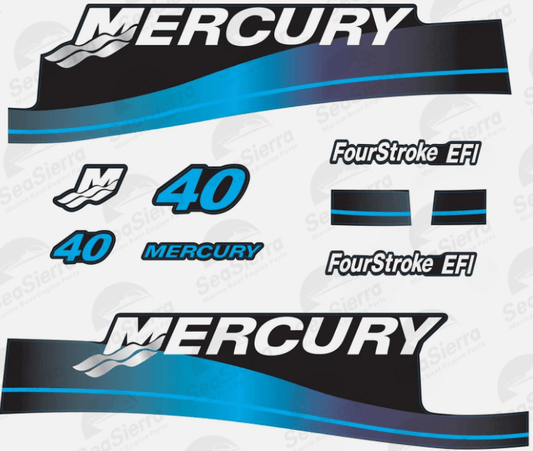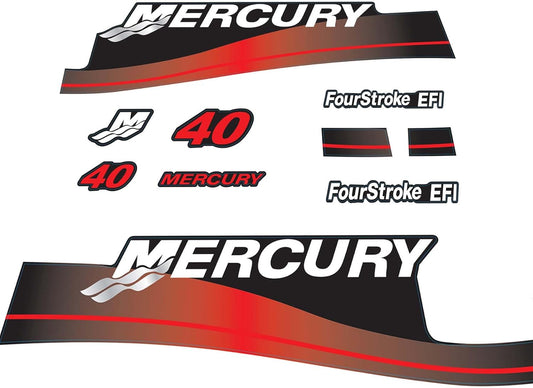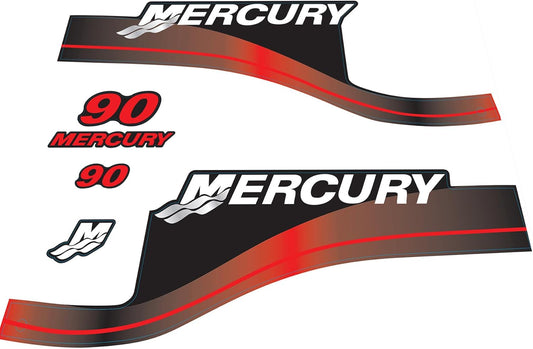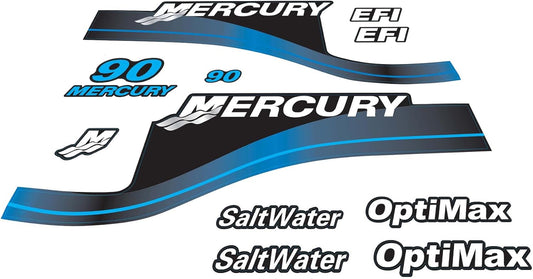US Marine Equipment Market Innovation Drives Recovery in Americas 5.6 Billion Aftermarket
The US marine equipment market is showing promising signs of recovery, with growth in the mid-single digits and aftermarket accessory sales reaching an impressive US$5.6 billion in 2014. While the industry has not fully returned to pre-recession levels, innovation and strategic adaptation have positioned many companies for sustainable growth in this leaner, more efficient marketplace.
According to both statistical and anecdotal data, the US equipment sector is experiencing steady growth, with the International Boatbuilders' Exhibition & Conference (IBEX) in Louisville, Kentucky, booked to capacity and exhibitors reporting quality attendee engagement. As new-boat sales continue to rise, many OEM equipment manufacturers are reporting stronger sales, creating a positive ripple effect throughout the industry.
"We're seeing decent growth in many boat categories and many builders hiring to meet demand," says Thom Dammrich, president of the National Marine Manufacturers Association (NMMA). "That has obviously spun off to the equipment sector."
The Resilient Aftermarket Segment
The aftermarket segment has proven particularly resilient, with US aftermarket sales reaching approximately US$5.6 billion in 2014, up from US$4.9 billion the previous year. This represents a significant increase from 2011, when the NMMA reported sales of US$4.0 billion. Industry experts expect this growth trend to continue, with some distributors forecasting aftermarket sales growth of about 5% annually.
"The aftermarket was very healthy this year," reports Tom Schuessler, president of Land 'N' Sea, one of four regional distributors owned by Brunswick Corporation. "We had good early spring weather, with lower fuel prices, so people were not only using boats but keeping them in good operating condition."
While weather conditions affected sales in some regions, with rainy weather in the Midwest and Northeastern parts of the US slowing demand, other areas of the country showed strong performance. Notably, Land 'N' Sea's sales have surpassed pre-recession levels, despite a decline in the actual boat park size in the US since 2008.
This resilience can be attributed to several factors. "The aftermarket didn't fall as much as new boat sales since we're more impacted by fuel prices and weather," explains Schuessler. "I think you can account for the higher sales because the prices for engine parts and accessories have seen increases every year. Dealers have also gotten better at selling accessories and providing maintenance for their customers."
Innovation as a Competitive Strategy
In the increasingly competitive US marine equipment market, innovation has emerged as the primary strategy for maintaining market share and combating lower-priced imports. Companies that have invested in new product development during the challenging economic years are now reaping the rewards of their forward-thinking approach.
Taylor Made Products, a leading aftermarket provider of fenders, canvas, and dock materials, exemplifies this strategy. "Our aftermarket business has seen steady to moderate growth," says David Karpinski, Taylor Made Products' vice president of marketing. "We saw a pullback in the downturn, but now we're back to pre-Great Recession sales levels."
The company focused on operational improvements, such as drop-shipping orders to dealers and consumers within three days or less, while simultaneously investing in product innovation. "We invested in machines and technology that would let us get to market faster," says Karpinski. "We also didn't get conservative with new-product development."
Facing competition from offshore manufacturers in the fender segment, Taylor Made launched a series of "pearlescent" color fenders that match the most popular colors used in today's boat gelcoats. "If you look around at any of the boat shows, the new pontoons have flex materials with a metallic look," notes Karpinski. "Ours are the only ones that match those colors. The way to combat the offshore guys who work with much lower price costs is through innovation."
A Leaner, More Efficient Market
The US equipment sector has undergone significant transformation since 2008, emerging as a smaller, more efficient, and considerably more cautious segment of the industry compared to the boom years of 2002-2006. "It's better than it was two or three years ago," observes Steve Sprole, former vice president of marketing for Ritchie Navigation. "But it's not a steep upward growth curve. It's growth, but almost on a plateau. The economy is still not there."
Many established companies are forecasting modest growth of around 5% this year, reflecting a cautious optimism rather than unbridled confidence. This measured approach extends to operational strategies, with companies implementing leaner inventory management and stricter cash flow controls.
"We've learned to operate on leaner and more focused inventory," says Tim Schmitt, president of Schmitt & Ongaro Marine Products. "We also utilize a much more strict cash management system." Like many other companies in the sector, Schmitt & Ongaro has hired new workers to meet increasing demand, expecting sales to grow by 8% to 10% this year, with continued growth in the pontoon and center-console fishing boat sectors.
New Product Development: The Industry Mantra
New product development has become the mantra among surviving companies in the US marine equipment sector. Schmitt & Ongaro launched the new Torcello polyurethane steering wheel earlier this year and plans to introduce two more models in 2016. "We're also retooling our Evolution cast stainless steel wheel to further optimize the weight of the casting and reduce costs," says Schmitt.
Similarly, Atlantic Marine Towers has relied on product innovation to increase sales. "We add one to three new products each year," says Shelley Golden of Atlantic Marine Towers. "If you don't develop, you'll lose market share." The company's US-manufactured Tower in a Box product line is now entering its 15th year, and while its earliest, simplest products have been copied by US competitors importing from China, Atlantic Towers has found success by focusing on quality and enhanced features.
"We've found that customers are interested in better quality and more features, so selling up has been very successful for Atlantic Towers," Golden explains. Interestingly, despite declining sales of new sailboats, the company's new 'Sail Arches' Tower in a Box is its fastest-growing product line, demonstrating that innovation can create growth even in challenging market segments.
IBEX: Showcasing Industry Innovation
The 2015 IBEX trade show highlighted the industry's commitment to innovation, with the NMMA's Innovation Awards receiving its highest number of entries ever. Approximately one-fifth of the exhibitors were new to the show and introducing products for the first time, with hundreds of launches ranging from complex systems like Volvo Penta's Forward Drive to simple mechanical items like Johnny's Prop Chock, a low-tech propeller remover.
"IBEX was a great venue for us to introduce our new product to the market," says Mark McDaniel, vice president of sales for Transducers Direct. The company launched the world's first Bluetooth, FCC-certified wireless pressure transducer, allowing boaters to receive alarms and monitor different boat functions via their smartphones. McDaniel noted that this "cost-effective solution" had broad appeal with both aftermarket distributors and OEM builders.
In the critical engine components sector, Moeller Marine Products showcased three new fuel tanks at IBEX. "We've launched new products every year since the EPA forced the industry to change fuel systems in 2012," says Gary Eich, president. "The ones at IBEX were second-generation products that we're developing to control costs and still meet the EPA regulations." The company also integrates its fuel systems parts with competitors' fuel tanks, demonstrating the industry's adaptability to regulatory challenges.
Meeting the Needs of Today's US Marine Market
For marine equipment suppliers looking to serve the US market, understanding the specific needs and preferences of American boaters and marine businesses is essential. The US marine industry is characterized by its increasing emphasis on quality, innovation, and value – a combination that presents both challenges and opportunities.
The aftermarket segment, in particular, offers significant potential for suppliers who can provide high-quality, innovative products at competitive prices. With US boat owners keeping their vessels longer and investing in maintenance and upgrades rather than new purchases, the demand for reliable, durable parts and components continues to grow.
Factory-direct pricing models are particularly relevant in this context, allowing suppliers to offer premium products at competitive prices by eliminating intermediary markups. This approach resonates with cost-conscious American boaters who are unwilling to compromise on quality but seek better value than traditional dealer-supplied parts.
Free worldwide shipping represents another significant advantage in serving the US marine market, particularly for a country with such extensive coastlines and inland waterways. The ability to receive quality parts without additional shipping costs enhances the value proposition for American boat owners, service providers, and manufacturers operating in a still-recovering economic environment.
Looking Forward: Opportunities in the US Marine Equipment Market
As the US marine equipment market continues its recovery, several trends present opportunities for forward-thinking suppliers:
1. The growing pontoon and center-console fishing boat sectors create demand for specialized parts and components tailored to these vessel types.
2. The increasing focus on quality and features over price alone opens the market for premium products that offer superior performance and durability.
3. The emphasis on innovation creates opportunities for suppliers who can provide unique solutions to common boating challenges.
4. The expanding aftermarket segment, driven by an aging boat fleet and increased maintenance awareness, offers a stable and growing customer base.
5. The industry's adaptation to regulatory changes, particularly in fuel systems and emissions, creates demand for compliant replacement parts and upgrade kits.
Conclusion: A Market in Transformation
The US marine equipment market, while not fully recovered to pre-recession levels, is demonstrating resilience, adaptability, and renewed growth potential. The combination of steady economic improvement, innovative product development, and strategic operational adjustments has positioned the industry for sustainable growth in the coming years.
For marine equipment suppliers offering OEM-quality parts with factory-direct pricing and free worldwide shipping, the US market represents a significant opportunity. By understanding the specific needs and preferences of American boaters and marine businesses, and by offering the quality, innovation, and value that align with current market demands, suppliers can successfully participate in the recovery and transformation of America's $5.6 billion marine aftermarket.
As the industry continues to evolve, the companies that will thrive are those that embrace innovation, maintain quality standards, and provide the value that today's more discerning American boaters demand. For these forward-thinking suppliers, the US marine equipment market offers not just current opportunities but long-term growth potential in one of the world's largest and most influential marine markets.

